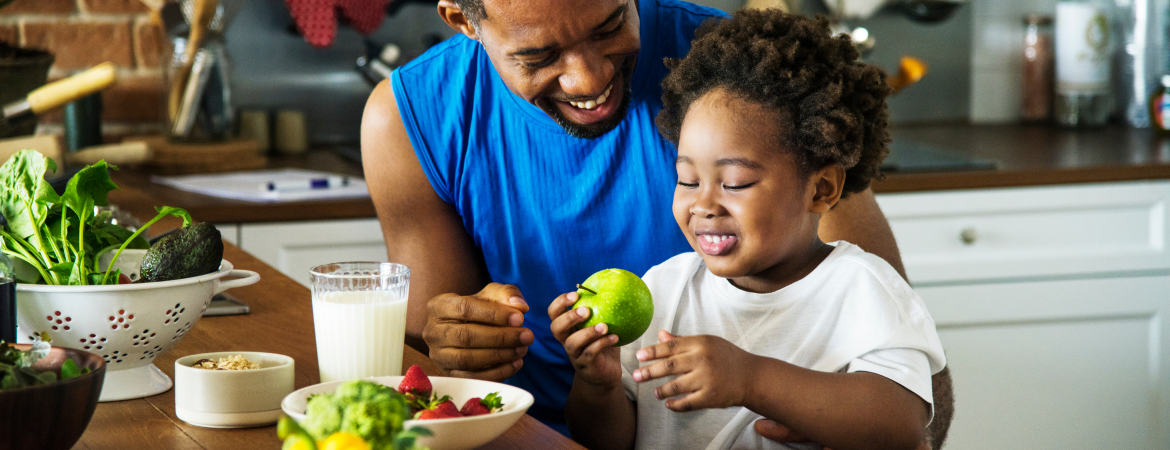
Childhood Glucose Intolerance
Glucose intolerance is when the body has difficulty handling certain sugars from foods like bread, rice, or ice-cream.
This issue is not exactly the same as diabetes, but it could eventually turn into Type 2 diabetes. In childhood, it can often affect kids who are overweight.
When your child has glucose intolerance, their body doesn't use insulin properly. Insulin is the hormone that helps us to digest sugars. This insulin problem, in turn, causes sugars to break down too fast, leading to low blood sugar levels. The extra insulin, which controls sugar in the blood, can harm vital organs (like the heart).
Interestingly, glucose intolerance can sometimes run in the family. With kids, the common signs to watch for include feeling tired, having muscle cramps, weakness or even wetting the bed.
If not treated, it might lead to Type 2 diabetes, so it's important to address the problem with a doctor's help.
Symptoms of Glucose Intolerance:
- If your child is thirstier than usual and urinating frequently.
- Constantly feeling tired and lethargic. This happens as the body struggles to properly regulate blood sugar levels.
- Children might feel hungry more often, even just after eating.
- Sudden weight gain that’s disproportionate to their development/age milestones.
- Recurring infections, sniffles, colds, or flu.
- Elevated blood sugar levels can affect the eyes' lenses, leading to temporary blurry vision.
- Fluctuations in blood sugar levels can lead to mood swings and irritability.
- Wounds and cuts might take longer to heal due to impaired blood sugar control.
- Glucose intolerance might cause bed-wetting in some children.
It's important to note that these symptoms can also be revealing of other health conditions. If you suspect that your child might have glucose intolerance or are noticing any of these symptoms, it's best to consult a paediatrician. They can perform the necessary tests to determine if glucose intolerance is the cause and guide you on appropriate management and treatment options.
Healthy Habits at Home
Managing glucose intolerance in children involves making daily dietary choices that help regulate blood sugar levels.
- Serve balanced meals that include a combination of carbohydrates, proteins, and healthy fats. This can help slow down the absorption of sugars and prevent rapid spikes in blood sugar levels.
- Choose complex carbohydrates like wholegrains (brown rice, whole wheat bread, quinoa) over refined carbohydrates. These release sugar into the bloodstream more gradually.
- Include plenty of fibre in meals. Fibre helps slow down the digestion of carbohydrates and stabilises blood sugar levels.
- Pay attention to portion sizes to avoid overloading the body with too much sugar at once. Use smaller plates and bowls to help with portion control.
- Minimise sugary snacks, candies, sodas, and desserts. Opt for healthier alternatives like fruits and yoghurt with no added sugars.
- Whenever possible, offer children water instead of juices and soft drinks.
- Make daily exercise a family deal. Take a walk after supper, schedule regular playtime outside and spend quality time outdoors. Children need regular exercise just as much as adults.
Disclaimer
This article is for informational purposes only. Always check with your doctor or medical practitioner about any health concerns, before embarking on any fitness or nutrition programme, or using any medication.
